Think you’re prepared for the Part 107 knowledge test? Let’s find out. These are the top five questions drone pilots consistently get wrong. We’ll break each one down to understand why they’re missed, so you can avoid the same mistakes. Plus, we’ll address the biggest question pilots often overlook. Hi, I’m Greg from Pilot Institute, the online ground school that makes aviation simple. Let’s dive in.
Question 1: Aircraft Position Relative to Runway
“While monitoring the Cooperstown CTAF, you hear an aircraft announce that they are midfield left downwind to Runway 13. Where would the aircraft be relative to the runway?”
Choices: West, East, South
This question is challenging because it tests runway numbers and Airport traffic patterns, which drone pilots often overlook. You’ll have a sectional chart during the test, but you don’t need it for this. Grab some scratch paper. Runway numbers are based on magnetic heading. For Runway 13, add a zero to get approximately 130 degrees, pointing southeast. Sketch a runway oriented top-left to bottom-right. Verify with the sectional chart if needed.
In a left-hand traffic pattern, the pilot makes all turns to the left, following five legs: upwind, crosswind, downwind, base, and final. After taking off from Runway 13 heading southeast, the pilot turns left onto the crosswind leg, then left again onto the downwind leg, flying parallel to the runway but in the opposite direction. “Midfield” means the airplane is halfway along the downwind leg, placing it generally east of the airport. Answer: B. East

Question 2: Airspace Designation Changes
“When a control tower located at an airport within Class D airspace ceases operation for the day, what happens to the airspace designation?”
Airspace regulations can be confusing, making this question tricky. Class D is controlled airspace surrounding an airport with an operational control tower, typically at smaller but busy airports. Many Class D towers don’t operate 24/7. At night, when the tower closes, pilots self-announce arrivals and departures on CTAF. But what happens to the airspace?
Choices:
- A. The airspace reverts to Class E or a combination of Class E and G airspace.
- B. The airspace stays Class D as long as there’s a weather observer or automated weather system.
- C. The airspace normally won’t change.
Class D requires an operational tower. Without one, it’s no longer Class D, eliminating B and C. The airspace reverts to Class E to the surface or sometimes Class G up to the Class E floor, depending on the airport. Check the Chart Supplement for details. Answer: A
Question 3: Weather Near Lenticular Clouds
“You’re flying near mountains, and there are lenticular clouds. What kind of weather should you expect?”
Choices:
- A. Snow showers
- B. Smooth air
- C. High winds and turbulence
This question surprises many because lenticular clouds are rare. These lens-shaped clouds, sometimes mistaken for UFOs, form when strong, stable winds of about 40 knots blow over mountain ridges. As air flows uphill, it cools to the dew point, condensing into a cloud at the crest. As the air descends the lee side, it warms, and the moisture evaporates, making the cloud appear stationary.
Lenticular clouds don’t produce precipitation, so eliminate A. While they look smooth, the air downwind is turbulent due to standing waves and rotors—areas of intense, rolling turbulence that can be invisible and hazardous. Expect high winds and turbulence. Answer: C
Question 4: Maximum Altitude Near an Obstacle
“While inspecting an obstacle located 3 miles northwest of Coeur d’Alene-Boyington Airport, what is the highest altitude above ground level that you can fly?”
Choices:
- A. 2,429 feet AGL, the height of the obstacle.
- B. 400 feet above the ground.
- C. 400 feet above the top of the obstacle, if you stay within 400 feet horizontally.
The test supplement provides a sectional chart excerpt showing the obstacle between a power line and railroad track. First, 2,429 feet is the obstacle’s elevation above sea level (MSL), not above ground level (AGL). AGL heights are in parentheses on sectional charts. The obstacle’s small symbol indicates it’s under 1,000 feet AGL, not 2,429 feet.
Part 107.51 allows flying up to 400 feet above a structure within a 400-foot radius, but the airport’s dashed magenta line indicates surface Class E (E2) airspace. Part 107.41 requires ATC authorization via LAANC or DroneZone for E2 airspace. The FAA states LAANC provides access at or below 400 feet AGL, and authorizations specify that altitude limits are absolute, not additive to structure heights. DroneZone also caps at 400 feet AGL. Thus, the 107.51 exemption doesn’t apply here. Answer: B. 400 feet above the ground
Note: The FAA could clarify this as “maximum of 400 feet above the ground” or “the maximum altitude on the LAANC grid,” as grid limits may vary.
Question 5: Declaration of Compliance
“Which best describes a Declaration of Compliance?”
This question stumps 76% of test-takers because the answers sound similar. Under Part 107, drones must broadcast Remote ID unless in a FRIA. A Remote ID system must meet FAA standards via a Declaration of Compliance (DOC), a manufacturer’s certification to the FAA. For flying over people, an Operations Over People DOC (OOP DOC) may also be required.
Choices:
- A. Describes an airworthiness certificate (for manned aircraft or drones over 55 pounds, not a DOC).
- B. Refers to a Means of Compliance (MOC), outlining test methods, not the compliance document.
- C. A document submitted to the FAA stating a drone complies with Remote ID or OOP requirements.
Answer: C
The Biggest Question: Do You Need a Course?
Do you need a course to pass the Part 107 test? It’s your choice, but about one in three self-studiers fail on their first attempt. To be fully prepared, consider our Part 107 Made Easy course, offering unlimited practice exams and over 300 quiz questions to ensure you’re confident on test day.
Thanks for reading or watching, and we’ll see you in the next one.
Discover more from DroneXL.co
Subscribe to get the latest posts sent to your email.
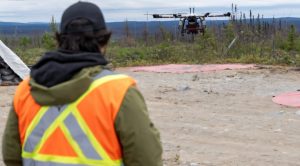




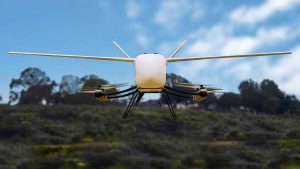

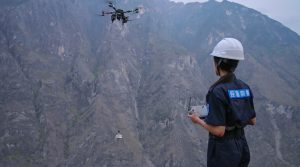
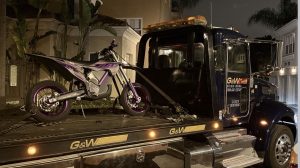


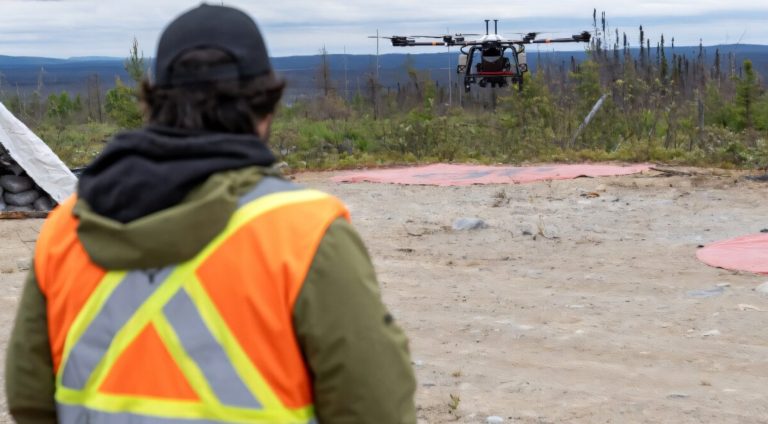

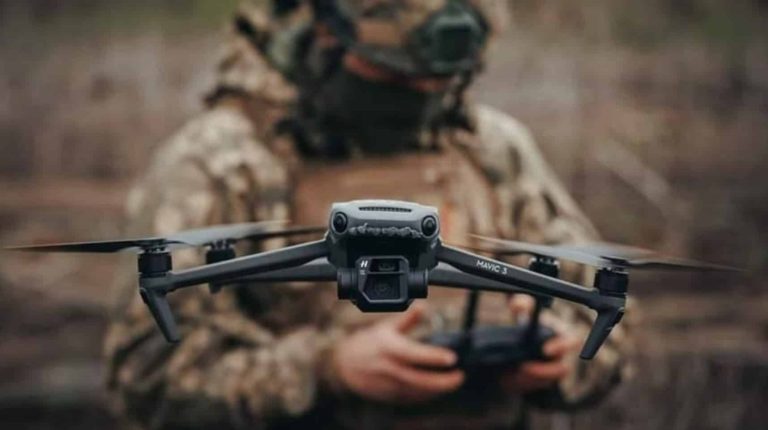
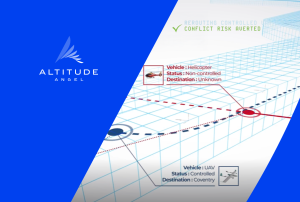
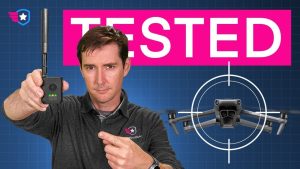




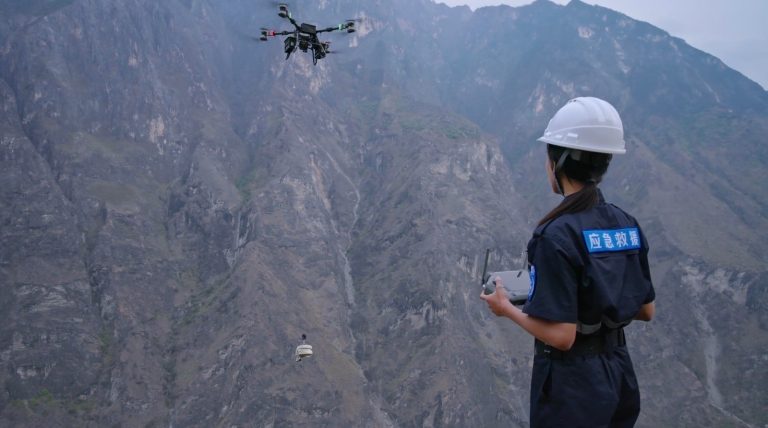
+ There are no comments
Add yours